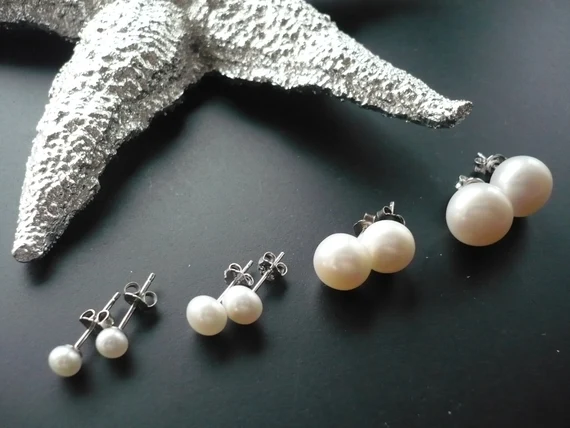Stainless wire, a vital component in various industries, combines the robustness of steel with the corrosion resistance of stainless wire rope. This unique blend of properties makes it indispensable in applications ranging from construction and medical devices to automotive and marine engineering. In this article, we will explore the characteristics, manufacturing processes, and diverse uses of stainless wire, underscoring its importance in modern engineering and technology.
Characteristics of Stainless Wire
Stainless wire is primarily composed of iron, chromium, and nickel, along with other elements like carbon, manganese, and molybdenum. The key characteristics that make stainless wire stand out include:
- Corrosion Resistance: The chromium content in stainless wire forms a passive layer of chromium oxide on the surface, which prevents rust and corrosion. This makes it ideal for use in harsh environments, including marine and industrial settings.
- Strength and Durability: Stainless wire is known for its high tensile strength, which means it can withstand significant stretching and pulling forces without breaking. This durability makes it suitable for heavy-duty applications.
- Temperature Resistance: Stainless wire can maintain its integrity at high temperatures, making it suitable for applications involving extreme heat, such as in automotive exhaust systems and industrial furnaces.
- Aesthetic Appeal: The sleek, shiny appearance of stainless wire makes it an attractive option for architectural and decorative applications.
Manufacturing Processes
The production of stainless wire involves several key steps:
- Melting and Casting: Raw materials, including iron ore, chromium, and nickel, are melted together in a furnace. The molten metal is then cast into billets or rods.
- Hot Rolling: The billets are heated and passed through rolling mills to reduce their thickness and form long, thin rods.
- Cold Drawing: The rods are further processed through cold drawing, which involves pulling them through a series of dies to achieve the desired diameter. This process also improves the strength and surface finish of the wire.
- Annealing: The wire is heat-treated to relieve internal stresses and improve its ductility and toughness.
- Finishing: The wire is subjected to various finishing processes, such as pickling, coating, or polishing, depending on its intended application.
Applications of Stainless Wire
Stainless wire’s unique properties make it suitable for a wide range of applications across different industries:
- Construction and Architecture: Stainless wire is used in the construction of bridges, buildings, and other structures due to its strength and corrosion resistance. It is also employed in architectural elements like railings, cables, and decorative mesh.
- Medical Devices: The biocompatibility and sterilizability of stainless wire make it essential in medical applications, including surgical instruments, orthodontic wires, and stents.
- Automotive Industry: Stainless wire is used in the manufacturing of automotive components such as exhaust systems, airbag deployment systems, and wire harnesses, thanks to its durability and resistance to heat and corrosion.
- Marine Engineering: The corrosion resistance of stainless wire makes it ideal for use in marine environments. It is employed in the construction of boat rigging, fishing equipment, and underwater cables.
- Industrial Applications: Stainless wire is widely used in various industrial applications, including conveyor belts, filtration systems, and fasteners, due to its strength and resistance to wear and tear.
- Consumer Goods: Everyday items such as kitchen utensils, wire mesh for sieves, and jewelry often incorporate stainless wire for its aesthetic appeal and resistance to tarnish.
Conclusion
Stainless wire is a versatile and durable material that plays a crucial role in numerous industries. Its combination of strength, corrosion resistance, and temperature tolerance makes it an ideal choice for applications that demand reliability and longevity. As technology advances and new applications emerge, the demand for stainless wire is expected to grow, further solidifying its importance in the modern world.



